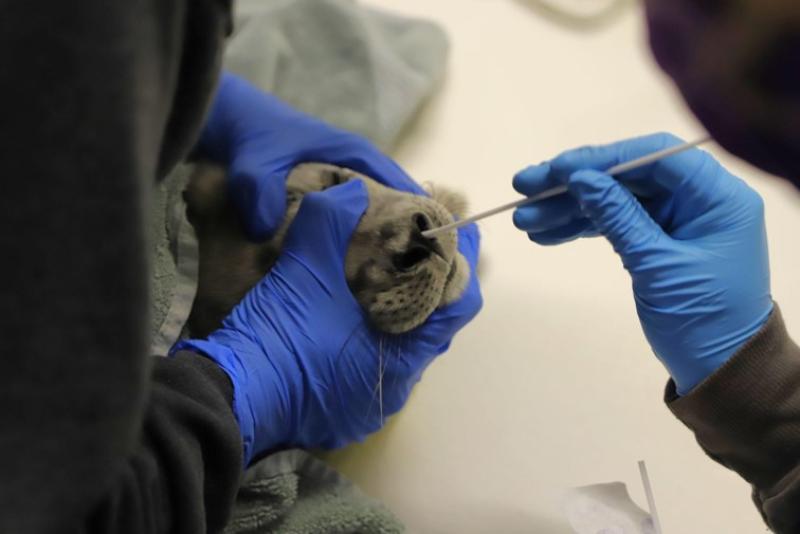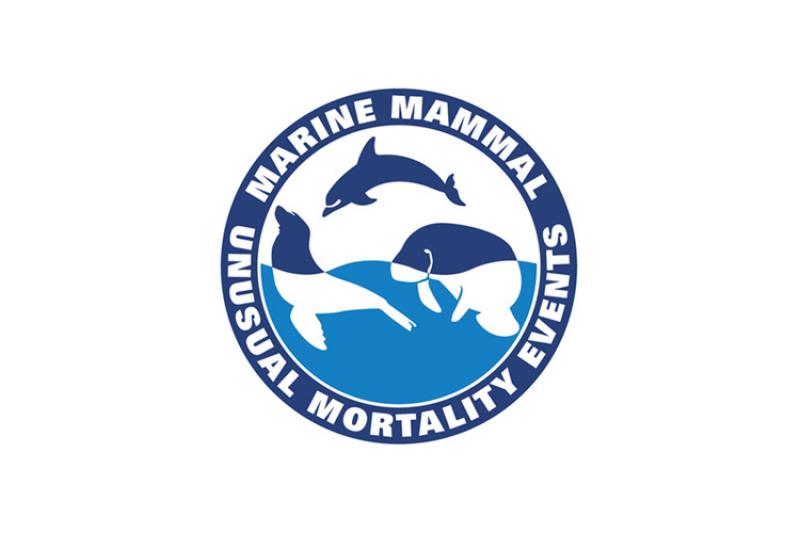NOAA Fisheries has declared the 2022 Maine Pinniped Unusual Mortality Event over. This determination is based on analysis of stranding data and recommendations from the Unusual Mortality Event Investigative Team and the Working Group on Marine Mammal Unusual Mortality Events. The UME occurred from June 20 to July 20, 2022. It involved a total of 181 seals including 143 harbor seals, 28 gray seals, and 10 seals of unidentified species.
Findings of the Investigation
The 2022 Maine Pinniped UME was due to spillover events of the highly pathogenic avian influenza H5N1 virus from infected wild birds to harbor and gray seals. An ongoing highly pathogenic avian influenza H5N1 global outbreak in domestic and wild birds and wild mammals began in 2021. Highly pathogenic avian influenza is a zoonotic disease with the potential to spread between animals and people. Highly pathogenic avian influenza H5N1 was detected in 58 percent of seals (19 out of 33) tested in Maine. Live stranded seals showed signs of respiratory and neurological disease including nasal congestion, coughing, unresponsiveness, and seizures.
Post-Unusual Mortality Event Monitoring
The UME was confined to Maine, and the last known positive seal case was detected on July 14, 2022. The Stranding Network conducted significant post-UME monitoring of seals for highly pathogenic avian influenza in the year following the event. They did not detect additional spillover events in seals, evidence of seal to seal transmission, or any positive seal cases even though highly pathogenic avian influenza still circulates in wild bird populations.
Scientists plan to continue post-UME monitoring of harbor and gray seals in Maine. Sampling will focus on swab collection (oral, nasal, ocular, and rectal) from live to moderately decomposed seals, and necropsy from limited cases of euthanized or fresh dead seals. Swabs will also be collected opportunistically from seal strandings in New Hampshire through North Carolina. Scientists will also collect samples from wild seals during capture-and-release health assessments or tagging work. Post-UME swab testing is being supported by Tufts University.
Partners
Throughout this investigation, NOAA Fisheries was supported by many partners including:
- Atlantic Marine Conservation Society
- Marine Mammals of Maine
- College of the Atlantic, Allied Whale
- Marine Mammal Stranding Network
- Cummings School for Veterinary Medicine at Tufts University
- Maine Department of Marine Resources
- Maine Department of Agriculture, Conservation, and Forestry
- Maine Department of Health and Human Services
- Maine Marine Patrol
- USDA National Veterinary Services Laboratories
- USDA Wildlife Services
- U.S. Geological Survey’s National Wildlife Health Center
- Centers for Disease Control and Prevention
- NOAA’s Office of Law Enforcement
- Working Group on Marine Mammal Unusual Mortality Events




